
In the heart of Lao Cai city, there is a peaceful "village", likened to a "green oasis" with all the traditional beauty typical of the Tay ethnic group that anyone who has visited wants to return.
These days, in Group 11, Binh Minh Ward (Lao Cai City), everywhere you can see the enthusiastic and bustling working atmosphere of the people. Men are working the land, women are weeding, fertilizing flowers, vegetables, and crops. Occasionally, the green treetops and red roof tiles of newly built houses are dotted into the picture. All of these create a beautiful picture of a farming family.

Leading us on the way to the “village”, Ms. Po Thi Minh, Head of the Ethnic Identity Club of Residential Area No. 5, introduced: Group 11, Binh Minh Ward, formerly belonged to Cam Duong Commune, Lao Cai City. The whole group has 179 households with 658 people, of which more than 80% of the residents are Tay people. For generations, the people have lived together, united, and produced self-sufficiently, growing vegetables, growing rice, raising fish, and raising livestock.
In the past, people worshiped the village's tutelary god under the biggest tree in the village, then moved to the Doi Co temple area. Every Tay New Year (February 2nd of the lunar calendar), the whole neighborhood group together prepared pig's head, boiled chicken, made horn cake, and seven-colored sticky rice to offer to the village's tutelary god. On that sacred holiday, 100% of the people wore traditional costumes, sang folk songs, danced with the ancient bowls of the Tay people and invited a shaman to pray for a year of favorable weather and wind, good health and good luck for the people in life.

In the bustling flow of the city, the whole "village" has transformed strongly but still has its own appearance with a peaceful, airy landscape, both ancient and modern. The main roads to the houses have been widened, modern houses have been built among the green patches of the fields. Previously, 100% of the people lived by growing rice and vegetables, but in recent years, many households have boldly converted the land area to grow flowers and short-term fruit trees.

In 2005, Mr. Ma Xuan Hung's family, group 11, Binh Minh ward, boldly converted 3,000 m2 of land for growing two rice crops to grow roses. After nearly 20 years of working in the flower growing profession, Mr. Hung now has a spacious property and a stable income. The happiest thing is that many people in the area have come to learn from his experience and replicate the flower growing model, bringing higher economic efficiency.
After working in the fields, "selling their faces to the ground and their backs to the sky", the women go together to the cultural house of the residential group to practice singing and dancing the folk songs of the Tay people. Directly teaching the bowl dance to everyone, Mrs. Luong Thi Truong said: The bowl dance is an ancient dance of the Tay people formed during the labor and production process. The dance has existed for many generations, closely attached to flesh and blood and has become a valuable spiritual asset, an indispensable part of the life of the Tay people. Through the ups and downs of history, this dance has been preserved and developed in the spiritual life of the Tay people from generation to generation.

Although being part of the general development of the city, the people here try to maintain and preserve the cultural activities of their ethnic group from costumes, speech, daily life to traditional festivals... Traditional cultural activities with high community spirit are regularly organized. Here, not only the costumes and utensils of the Tay people are preserved, but also the intangible cultural values, language, cuisine , traditional games, Then singing, spiritual rituals. Families always encourage, motivate and create conditions for their children to learn and communicate in the Tay language. Any family with a happy event will sing and dance together to the tunes of their ethnic group.

In addition, residents in Group 11 often have the custom of "exchanging strength" to do big things together such as building houses, getting married, marrying off children, harvesting crops... During funerals and weddings, everyone in the village comes to contribute. These are the beautiful traditions of mutual love and support that the Tay people here still preserve and promote.
Group 11 is one of two residential groups in the ward that still preserves the unique traditional cultural values of the Tay people. This is a place where natural scenery, culinary culture, customs and practices with strong identity converge. Women often wear traditional costumes, sing and dance folk dances, and gather together during festivals. Also in that space, there is solidarity and community cohesion, people work hard to make a living, so that no household is poor or hungry.
Source





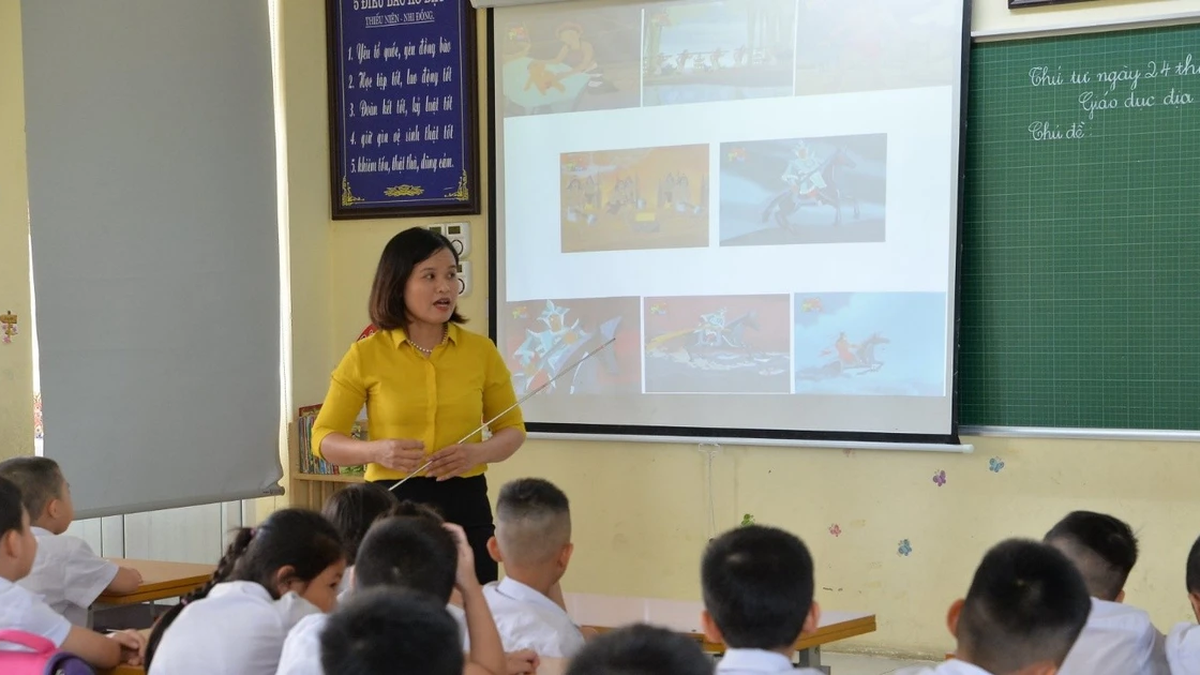

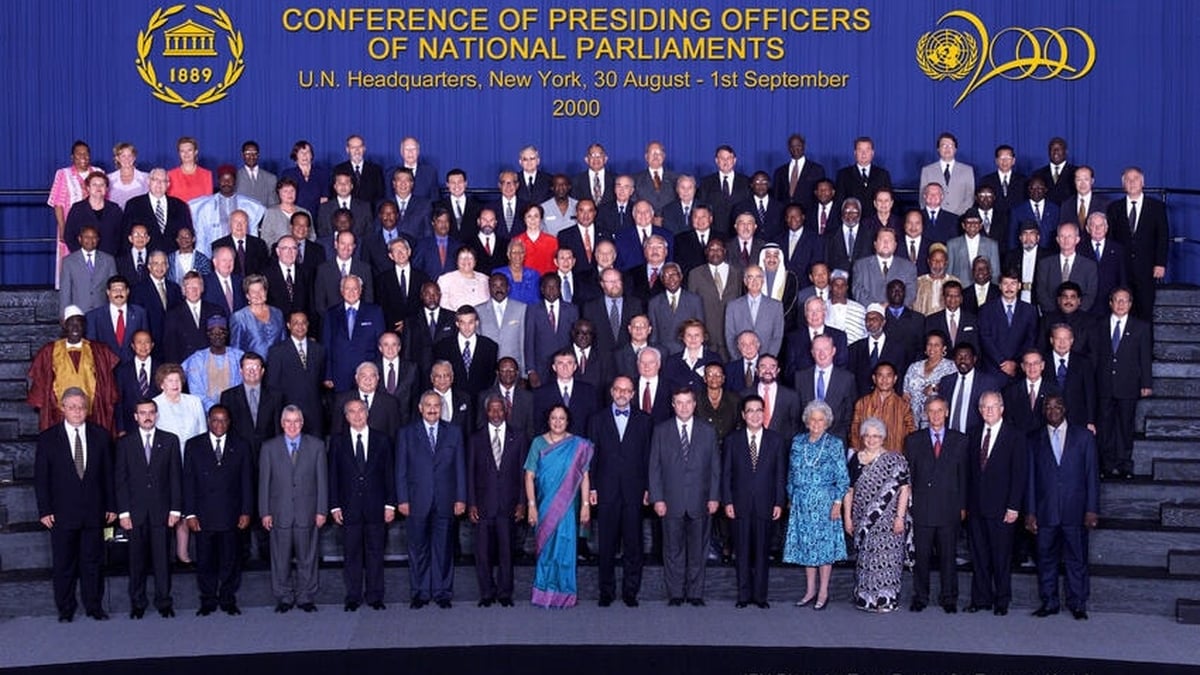

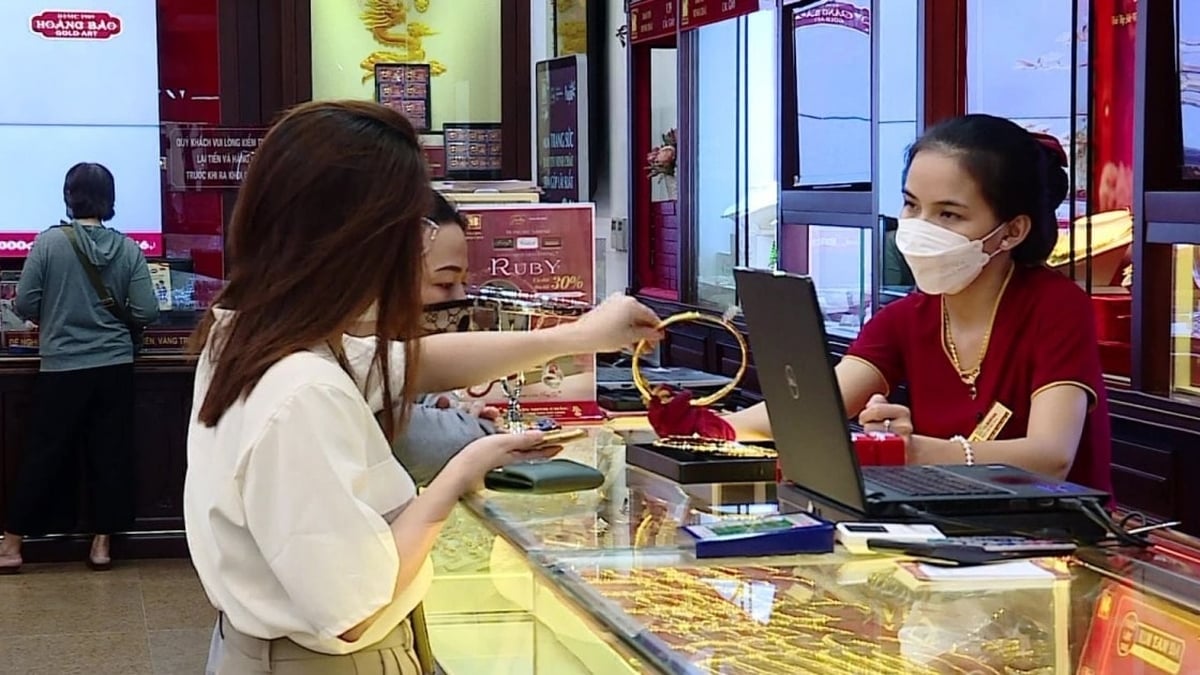
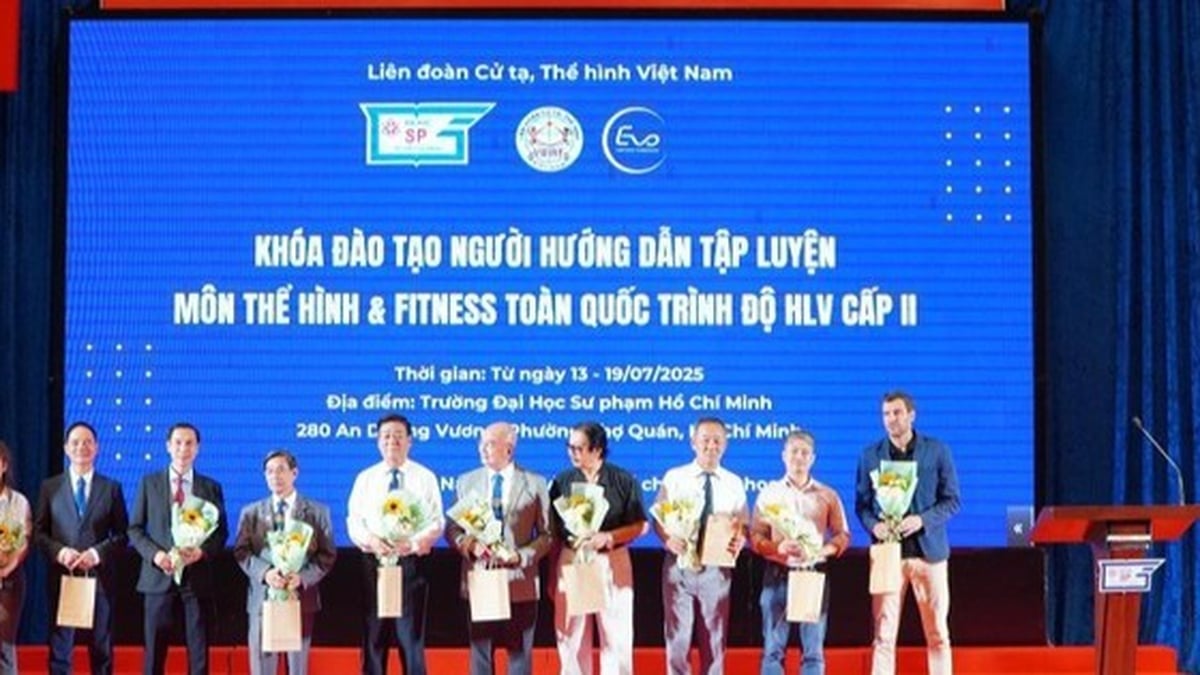
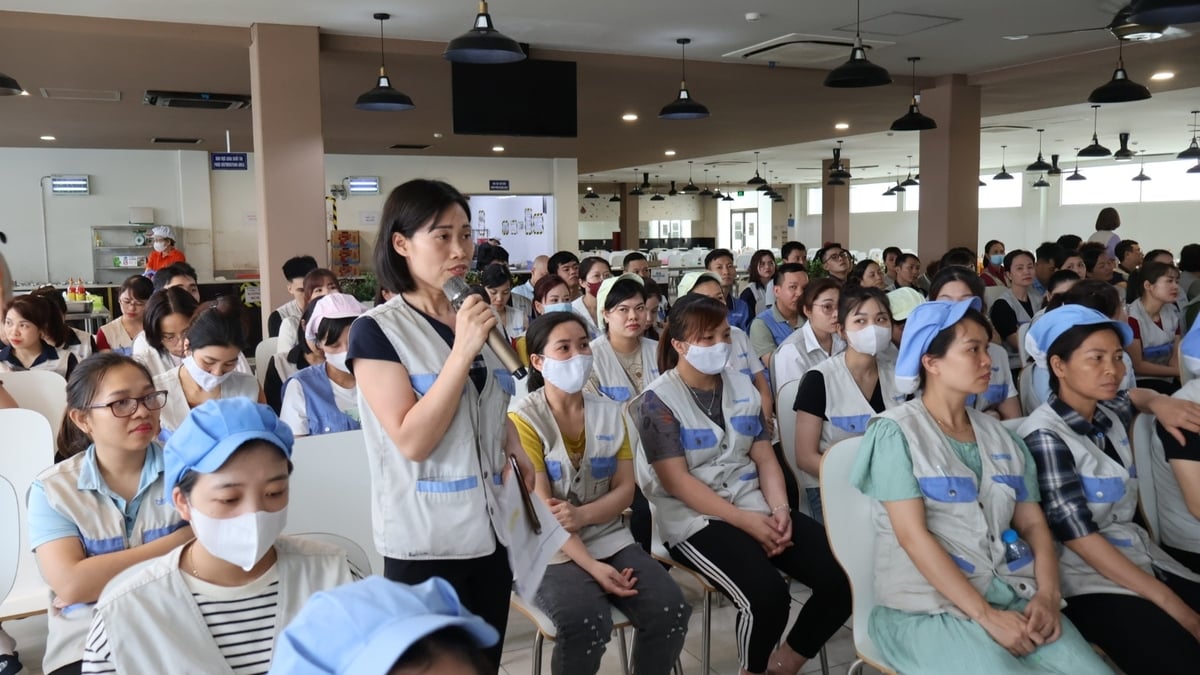
















![[Photo] National Assembly Chairman Tran Thanh Man visits Vietnamese Heroic Mother Ta Thi Tran](https://vphoto.vietnam.vn/thumb/1200x675/vietnam/resource/IMAGE/2025/7/20/765c0bd057dd44ad83ab89fe0255b783)


































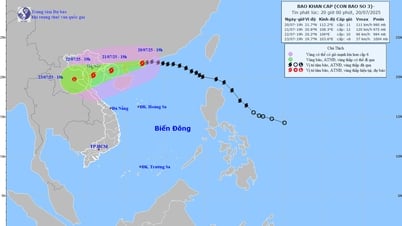



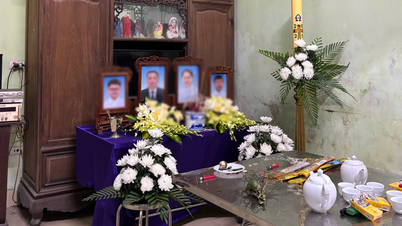




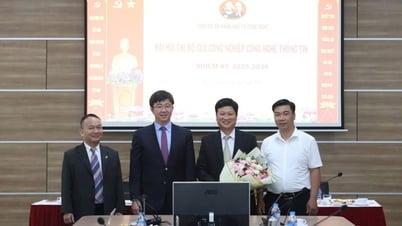

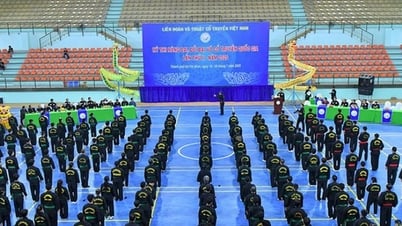
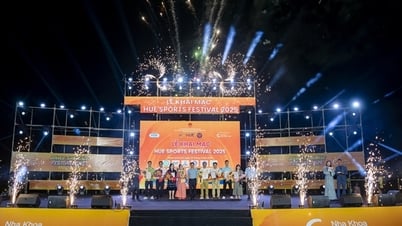
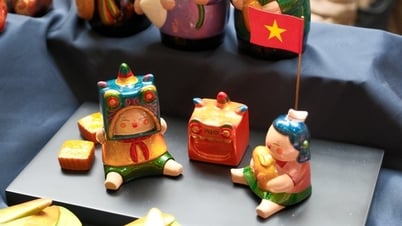
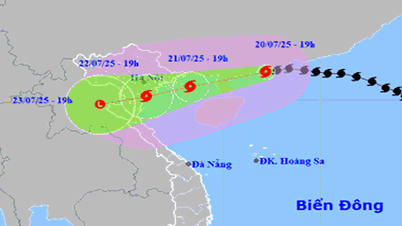




















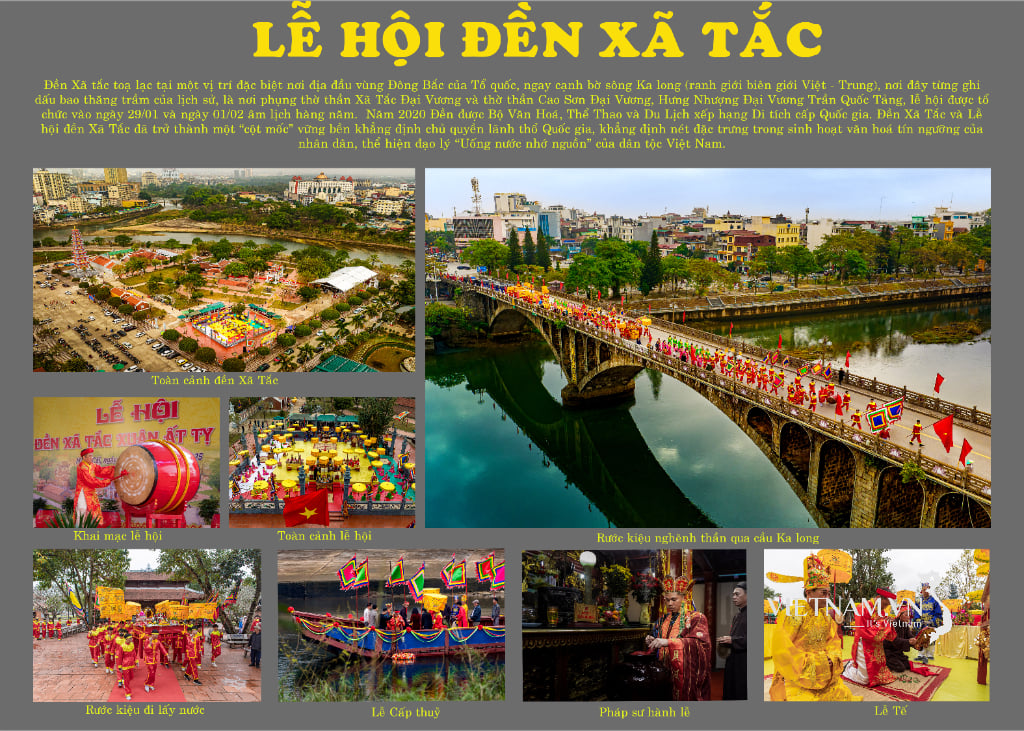


Comment (0)